Higher or Lower: Ingredient Investigation
This is a "Price is Right" style activity designed to help illustrate the sugar and salt content found in processed foods. This activity can supplement nutrition and food processing lessons.
This is a "Price is Right" style activity designed to help illustrate the sugar and salt content found in processed foods. This activity can supplement nutrition and food processing lessons.
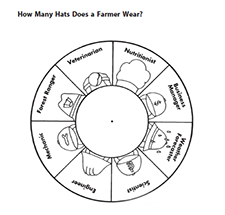
This elementary activity illustrates the wide array of career paths available in agriculture. Students will create a paper "pinwheel" illustration of the many hats that farmers wear.
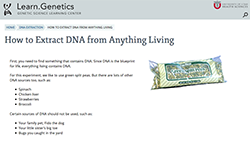
Use these detailed instructions to add a DNA extraction activity to a science lesson on genetics and DNA.
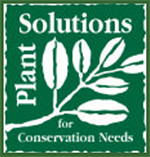
Germinate seeds like a pro! The ragdoll germination test involves placing a known number of seeds in a moist paper towel, rolling up the towel and seeds to place inside a plastic bag, and assessing the number of seeds that germinate over the next few days. This is an easy way to demonstrate germination in the classroom and to test and discuss factors that affect germination.
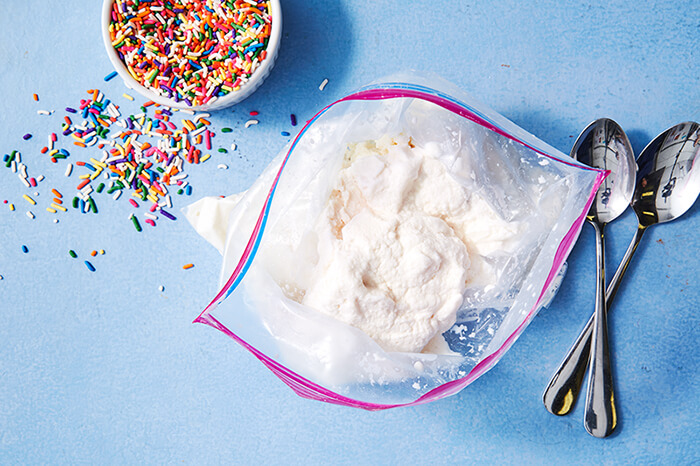
This activity details the instructions for making ice cream in a resealable plastic bag.
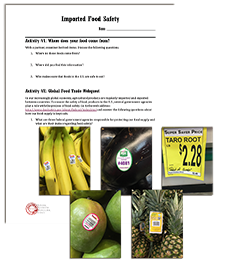
Through this web quest, students will examine where their food comes from, federal agencies involved in protecting our food supply, how imported foods such as honey present a safety challenge, and what measures are being taken to meet these challenges. This activity can be paired with secondary lessons on food safety.
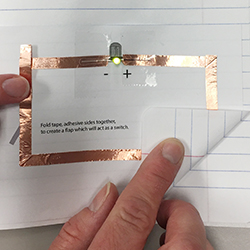
Paper circuits are an exciting way for students to learn how electrical circuits work. This activity gives students a foundation for what a circuit is and how to create a closed, series, parallel, and open circuit using a few simple supplies. The concepts learned in this introductory activity are a springboard for more complicated electrical projects such as sewing circuits and building prototypes controlled by Arduino boards.
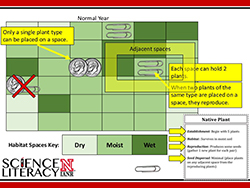
The Space Invaders game helps students better understand the adaptive traits of plants in a new environment. The game simulates introducing new plants to 3 different ecosystems. After several rounds of play, students will see which plants survive and reproduced as well as which plants were potentially displaced.
In this activity students will create a profile for an invasive species in their area to gain an understanding of the diversity of organisms that can become invasive, where to go for trusted information, how humans may be involved in their introduction and spread, and what native species or resources are threatened. This activity can complement secondary level lessons on invasive species.
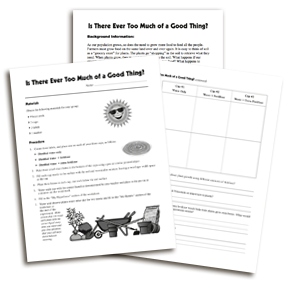
This activity directs students in performing an experiment measuring the growth of beans using too much fertilizer, too little fertilizer, and the right balance of fertilizer. Students will learn how and why farmers use the correct amount and type of fertilizer to grow crops used for our food and fiber.
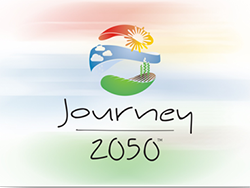
Journey 2050 is a program helping students engage in world food sustainability at a local and global scale. The program contains seven lessons which are aligned to education standards for both 6-8th grade and 9-12th grade. Use this project-based learning approach as a capstone to develop a plan to support sustainable agriculture.
In this laboratory students will determine the amount of energy released from biodiesel compared to other energy sources.